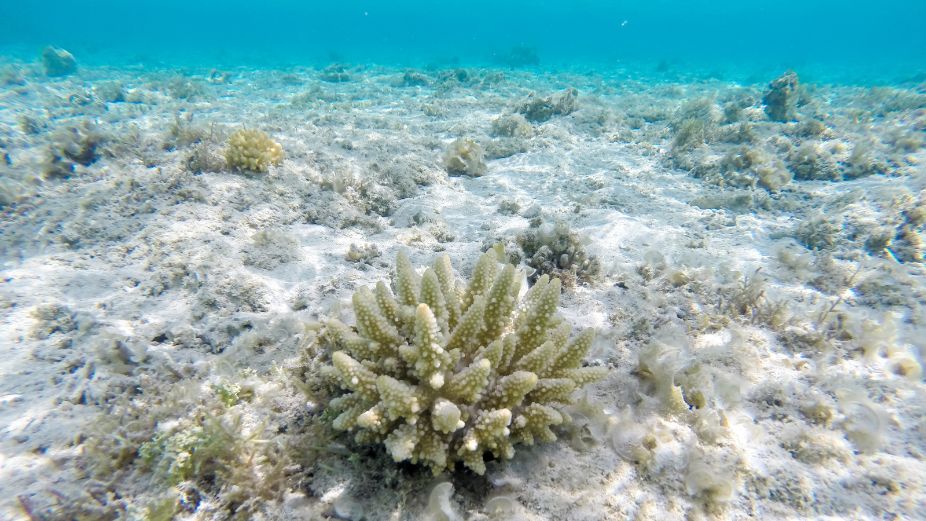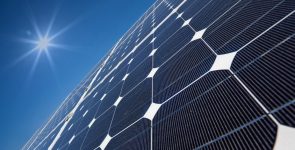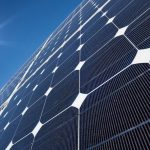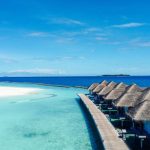
As the Maldives faced one of its most severe coral bleaching events in recent history, 2024 became a defining year for what localised climate adaptation can look like. At the centre of this was the Maldives Underwater Initiative (MUI), whose work in Laamu Atoll reflected the dual realities of climate breakdown and the urgent search for reef resilience.
The El Niño-driven marine heatwave caused mass bleaching across the atoll’s coral reefs, with surveys indicating that more than 63% of corals bleached at its peak. For a country with an economy deeply tied to healthy reefs, the implications went far beyond marine science. The response in Laamu was not limited to monitoring. It involved a scaling up of hands-on restoration methods that blend field ecology with climate adaptation strategies.
MUI’s coral nursery, located at Six Senses Laamu, was expanded to house 10,000 coral fragments. These included heat-tolerant corals that survived the bleaching, a crucial step in identifying and replicating climate-resilient genotypes. Restoration techniques combined larval propagation and micro-fragmentation, allowing researchers to cultivate both genetic diversity and faster-growing coral stocks. By the end of the year, nearly 3 million larvae had been released onto degraded reefs around Olhuvelhi Island, while over 300 corals from micro-fragmentation efforts were thriving in rearing tanks.
These interventions are not short-term beautification projects. They represent long-term ecological infrastructure, experiments in helping reefs survive future thermal stress. But the work also acknowledged that ecological knowledge alone will not save reefs.
Education and local governance were central. MUI worked with island councils, schools, and community groups to build environmental awareness, particularly about the connection between ocean ecosystems and climate resilience. A key example was the Hello Hallu programme, which directly addressed local myths and misunderstandings about ecosystems like mangroves and seagrass meadows. These areas play a critical role in carbon storage and shoreline protection.
Their approach also considered the social consequences of environmental degradation. In Maavah and Gaadhoo, the Sea Turtle Beach Guardian programmes did not just monitor nesting beaches. They also helped reduce illegal harvesting and encouraged community-based conservation leadership, using drones, school outreach, and data collection as tools for both enforcement and education.
Scientific data collected in Laamu fed into national and international climate-linked efforts. According to the Maldives Underwater Initiative 2024 Annual Report, MUI’s megafauna and reef monitoring surveys helped identify five potential Environmentally Significant Areas (ESAs), which are now being assessed for marine spatial planning and policy reform. Partnerships with institutions such as Southern Cross University and the Maldives Coral Institute allowed Laamu’s experiences to be integrated into broader coral resilience studies.
While the 2024 bleaching event marked another loss in the global battle to save coral reefs, the work done in Laamu shows how local adaptation, if meaningfully supported, can become part of a larger climate strategy. The scale of the problem is global, but as the Maldives faces rising temperatures and sea levels, the need to act locally through research, community engagement, and experimental restoration has never been clearer.









